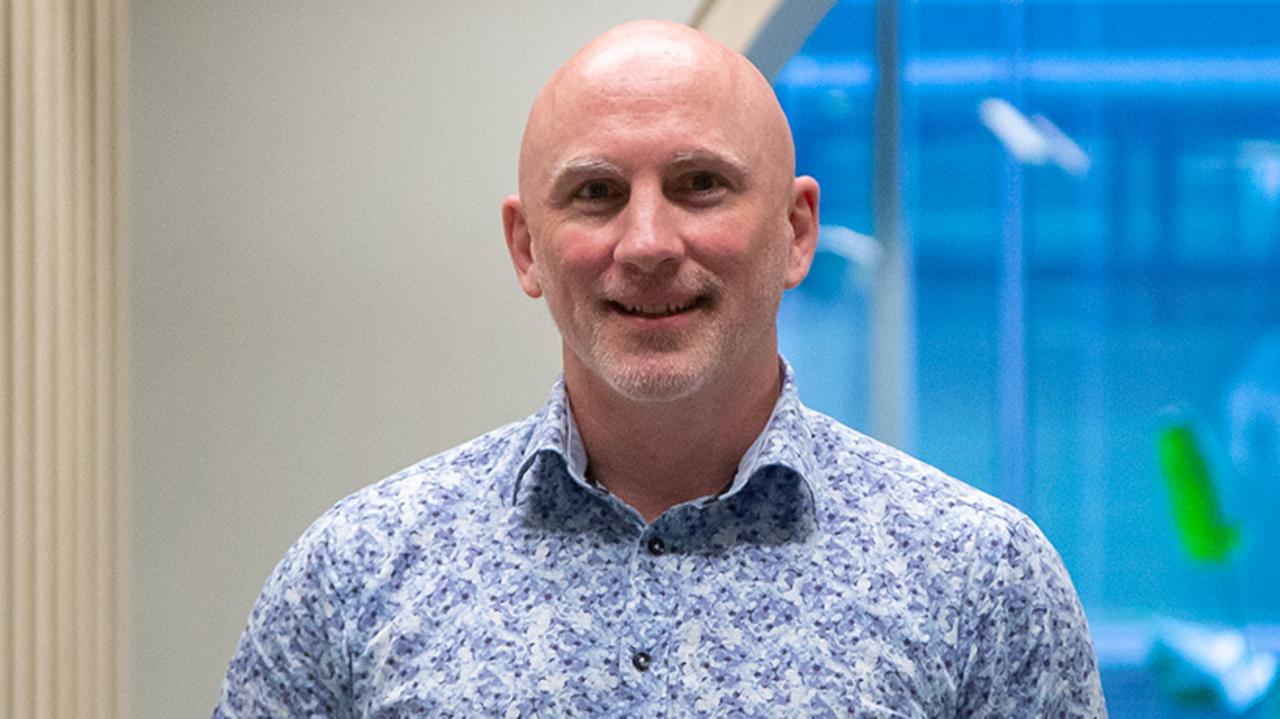Covid lockdown: new podcast offers tips for beating digital burnout
Expert Dr Kristy Goodwin tells a new podcast Powerful Stories how to manage excessive computer and phone use.

Digital burnout is on the rise with the pandemic forcing us to spend increasing time on smartphones, computers and other devices to work or connect with friends and family.
Feeling overwhelmed by being ‘on’ for a large chunk of the day can exacerbate exhaustion, apathy and anxiety but there are critical steps to detox and manage, according to
Dr Kristy Goodwin, an expert in combating the ‘digital pull’ in life.
Goodwin tells a new podcast, Powerful Storieshosted by Tory Archbold, that being constantly tethered to technology is the opposite of how our brains are built and function so burnout is inevitable.
“It’s the constant notifications on Teams or Slack, or your email pinging you, or your friends trying to DM you … the constant digital barrage is really overwhelming,” she tells Archbold.
“The reality is we’ve got ancient Palaeolithic brains that were not designed to be plugged in processing information 24/7. We are not machines and because we are trying to operate in a way that is completely incongruent with our biology, many of us are left feeling stressed.”
In the podcast series, which features entrepreneurs and influencers who reveal the lessons learned from their failures and wins in life, Goodwin outlines to Archbold her tips for adults and teens on how to successfully unplug.

ADULTS
The first 10 minutes upon waking should be screen-free
“When you reach for your phone and you dive into your inbox or check social media or you check a new site, you activate the limbic system in your brain, and you can trigger the stress response. You haven’t even had a cup of coffee and your feet haven’t hit the ground. It’s really hard to recover from that state.
This is that tingling feeling that you’ve got an alert or notification, that tingling in your legs or maybe if you wear a smartwatch and it’s nowhere near your physical body. This shows us just how dependent we have become and also some of the physiological changes that are happening. Another study has shown us that we suffer from a condition called email apnoea, where we literally, when we go into our inboxes, we hold our breath.
Use the proximity strategy
Pop your phone somewhere where you can’t see it, or your laptop, or whatever the digital device is that’s vying for your attention.
A study from the University of Austin tells us just seeing our smartphone, even if it is on ‘do not disturb’ mode and face down, reduces our mental capacity by around 10 per cent. It basically makes us 10 per cent dumber, just having it within our line of sight.
The other part of the proximity strategy is take your tech temptations off your home screen. For me, Instagram is my tech temptation and whenever I unlock my phone, even if it’s just to check email or check the weather or actually make a phone call, just seeing Instagram is enough to draw me into that digital vortex. Pop your weakness on the fifth slide in your screen in a folder and call that folder ‘things I’ll later regret’. When you go in there, you get a pang of guilt and you’ve just created a little bit more friction to actually go down that digital rabbit hole.
Close your eyes for 10 seconds
When we are constantly in Zoom, Team calls, tapping away on a Word document, those regions of the brain are exhausted. Closing your eyes for 10 seconds gives those regions of the brain an opportunity to recalibrate.

TEENS AND KIDS
Watch for techno tantrums
I have three screenagers. A techno tantrum is when a child or teenager combusts (because) you digitally disconnect them. Basically, their sensory and their nervous system has become overstimulated by being on the screen and when they’re having a techno tantrum, they’re discharging all the cortisol, that stress hormone that has built up, in what they think is an appropriate way.
Follow the Three Bs
The first one is establishing boundaries with them, not on them, sitting down with your screenager and asking them what they think are fair limits around what they do online, when they do it, where they do it, how they use it, and also how much. Notice I said how much. I think most families just obsess over the how much and they haven’t actually looked at what it is that their child is gaming, consuming, playing, posting. Really start to focus on all those boundaries.
The second B is to make sure that their screen time isn’t displacing their basic needs; making sure they’re getting enough sleep, enough physical activity, that they’re connecting with their peers and their family, that they’re having opportunities to play and to unplug.
That leads to the third B and that is boredom. There is so much research that tells us that our brain and our body need time to enter, we call it mind wandering mode. We used to call it daydreaming. Neuroscientists like making fancy terms and they call it the default mode network.
* Tory Archbold’s Business Attraction Program attracts the who’s who in the C-suite and entrepreneurial space looking to evolve and grow their career to the next level.




